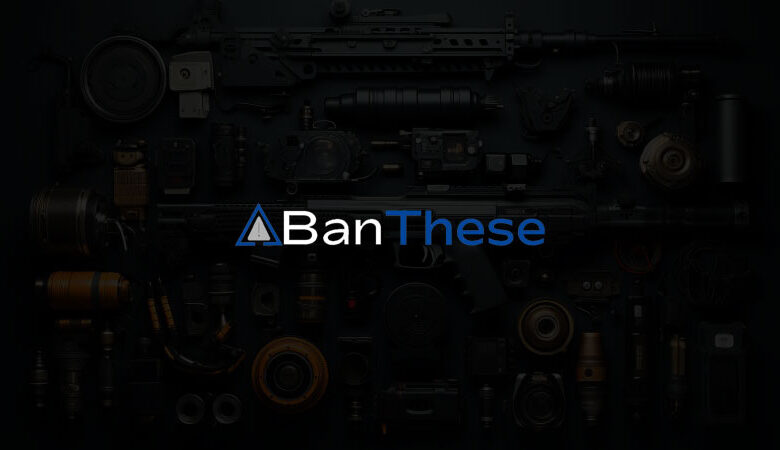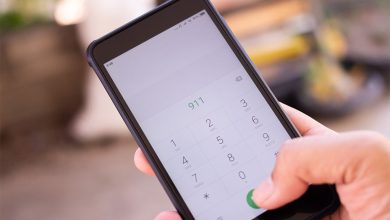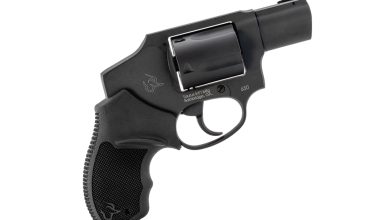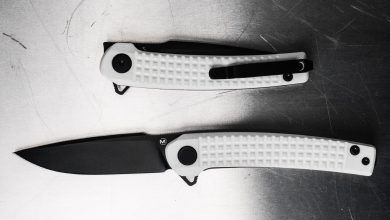How To Unjam A Gun Safely and Effectively

Knowing how to unjam a gun is a critical skill every responsible firearm owner should possess.
Whether you own a pistol, rifle, shotgun, or other type of gun, unexpected malfunctions can occur. In this expert guide, we will walk you through the essential steps on how to unjam a gun, while emphasizing key safety considerations throughout the process.
Remember, these steps provide a general guide to unjamming various firearms. It is crucial to consult your specific firearm’s manual for manufacturer-recommended procedures and precautions.
Unjamming Techniques for Different Guns
With all firearms, the first two steps should be:
- Check to see if it’s a true gun jam and not a misfire.
- Ensure the firearm is pointed in a safe direction and your finger is off the trigger
Now for some info re specific firearms.
How to Unjam a Pistol
- Remove the magazine by pressing the magazine release button or pulling down the magazine follower (the internal mechanism on which the bullet sits).
- Lock the slide back by pulling it fully rearward and engaging the slide stop lever, if applicable.
- Visually inspect the chamber to ensure there is no round present.
- Use your non-dominant hand to grip the slide firmly. With your dominant hand, sharply rack the slide to the rear and release it.
- If the slide does not move, tap the base of the magazine to ensure it is fully seated.
- If the problem persists, consult a gunsmith or firearms expert.
How to Unjam A Revolver
- Ensure the revolver is unloaded and engage the cylinder release.
- Swing the cylinder out and visually inspect each chamber.
- Gently push out any debris or casings using a cleaning rod or a specialized tool.
- Rotate the cylinder to check for smooth operation.
- If you encounter ongoing issues, consult a qualified gunsmith.
How to Unjam A Rifle
- Apply the same safety considerations mentioned above.
- Remove the magazine and visually inspect the chamber.
- Lock the bolt back by pulling it fully rearward and engaging the bolt catch, if applicable.
- Check for any obstructions in the chamber or barrel.
- Utilize a cleaning rod or a specialized tool to push out any stuck cases or other debris.
- If the issue persists, seek professional assistance from a qualified gunsmith.
How to Unjam A Bolt-Action Rifle
- Engage the safety and ensure the rifle is unloaded.
- Open the bolt and visually inspect the chamber.
- Check for any debris or obstructions using a cleaning rod or a specialized tool.
- Clear any blockages by gently pushing them out of the chamber or barrel.
- If the issue remains unresolved, consult a professional gunsmith.
How to Unjam A Shotgun
- Follow the general safety guidelines and confirm the shotgun is unloaded.
- Open the action and visually inspect the chamber.
- Use a cleaning rod or a specialized tool to dislodge any obstructions, such as a stuck shell or debris.
- If necessary, remove the barrel and inspect it for any issues.
- Consult a qualified gunsmith if the problem persists.
Why do guns jam in the first place?
Guns jam for a variety of reasons. It can be the result of poor maintenance, the accumulation of dirt and dust, improper ammunition selection, recoil/short-stroking, and even manufacturing defects.
Regular cleaning and inspections are essential for keeping guns in working order. Additionally, using the correct ammunition type as specified by the manufacturer is important for avoiding jams. An improperly loaded magazine can lead to a jam when fired due to the lack of proper cycling. Lastly, different parts like springs or extractors may be faulty from the factory or become damaged over time which can also cause jams.
Unjamming a gun is a skill that should be approached with caution and respect for safety. By following the outlined safety considerations and the specific techniques for different types of firearms, you can effectively address many common types of malfunctions (not just jams but also failures to eject, failure to feed, etc.).
Remember, if you encounter persistent issues or feel unsure about the process, always seek assistance from a qualified firearms professional. Regular training and understanding your firearm’s mechanics will enhance your ability to handle jams effectively, ensuring safe and responsible firearm ownership.
Now let’s talk about safety considerations when unjamming a gun.
Unjamming A Gun: Safety Considerations
Before attempting to unjam a firearm, always prioritize safety. Keep the following considerations in mind, which are always part of responsible gun ownership.
Treat every firearm as if it is loaded.
Always assume that a gun is loaded, even if you believe it to be unloaded. Keep your finger off the trigger until you are ready to fire. Point the gun in a safe direction, away from yourself and others.
Ensure a safe environment.
Unjamming a gun should be done in a controlled and safe environment, free from distractions. Make sure there are no obstructions or people in the line of fire.
Wear appropriate safety gear.
Use eye protection and, if necessary, hearing protection when handling firearms. Consider wearing gloves to protect your hands, especially if working with sharp objects or springs.
Familiarize yourself with the firearm.
Read the manufacturer’s manual to understand the specific workings of your firearm. Gain knowledge about the different parts and their functions. Learn to recognize the common causes of firearm jams.
Additional Safety Considerations
Ammunition
- Use only factory-manufactured ammunition appropriate for your firearm.
- Inspect ammunition for defects or damage before loading it into the gun.
- Dispose of damaged or questionable ammunition safely.
Regular Maintenance
- Clean and lubricate your firearm regularly to minimize the risk of malfunctions.
- Follow the manufacturer’s guidelines for proper maintenance procedures.
- Inspect your firearm for wear or damage that could contribute to jams.
Training and Practice
- Obtain proper training from certified instructors on firearm safety, operation, and maintenance.
- Regularly practice safe firearm handling and shooting techniques.
- Familiarize yourself with the specific features and mechanisms of your firearm through training and practice.
Unjamming a gun requires a combination of knowledge, caution, and adherence to safety protocols. By understanding the unique characteristics and mechanisms of different firearms, you can effectively address common malfunctions and ensure the safety of yourself and others.
Always prioritize safety, follow the manufacturer’s guidelines, and consult with qualified experts or gunsmiths if you encounter persistent issues. Regular training, responsible firearm ownership, and ongoing maintenance will help you handle any potential jams and enjoy shooting sports or self-defense activities safely.







